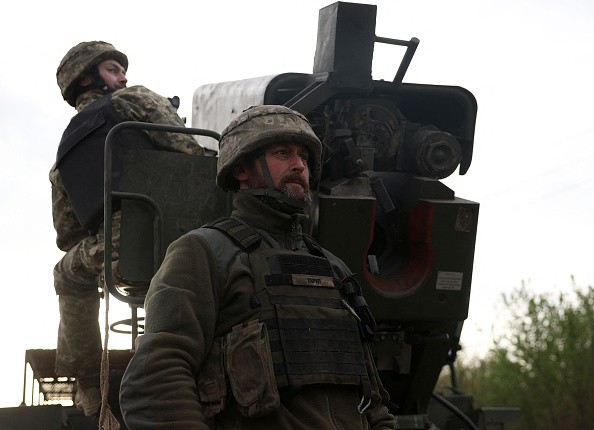
According to a report, global military expenditure has hit a record high of $2.4 trillion after the largest annual rise in government spending on arms in over a decade.
The 6.8% increase between 2022 and 2023, the most significant increase since 2009, caused spending to reach its greatest point in the Stockholm International Peace Research Institute (Sipri) 's 60-year history.
The think tank's experts noted that military spending increased for the first time in five geographical regions: the Americas, Asia and Oceania, Europe, the Middle East, and Africa.
Nan Tian, a senior researcher with Sipri's military expenditure and arms production program, warned that as countries rushed to equip, there was an increased chance of an unintentional conflict. He claimed that the historic increase in military spending directly addresses the global decline in peace and security.
He added, "States prioritize military strength but risk an action-reaction spiral in the increasingly volatile geopolitical and security landscape."
Nearly half of all military expenditures worldwide were accounted for by the two biggest spenders, China (12%) and the United States (37%), who increased their spending by 2.3% and 6%.
China, the second-largest military spender in the world, spent $296 billion in 2023, up 6% from 2022, although the West still overshadows it.
Sipri's league table is followed by Russia, India, Saudi Arabia, and the UK, the largest spenders, and Western Europe, with a 7.9% year-on-year increase.
Indian spending climbed by 4.2% from 2022 and 44% from 2014, primarily due to higher personnel and operating costs amid escalating tensions with China and Pakistan.
Saudi Arabia's spending jumped by 4.3% to an estimated $75.8 billion, or 7.1% of GDP after Russia invaded Ukraine. This increase was attributed to rising oil prices and the country's increased demand for non-Russian oil.
Expenditure in the Middle East rose by 9% to an estimated $200bn, making it the region with the highest military spending as a proportion of GDP in the world at 4.2%, followed by Europe (2.8%), Africa (1.9%), Asia and Oceania (1.7%) and the Americas (1.2%).
The Middle East now has the greatest military spending as a percentage of GDP in the world, at 4.2%, after Asia and Oceania (1.7%), Europe (2.8%), Africa (1.9%), and the Americas (1.2%). Middle East spending increased by 9% to an estimated $200 billion.
© 2025 HNGN, All rights reserved. Do not reproduce without permission.








